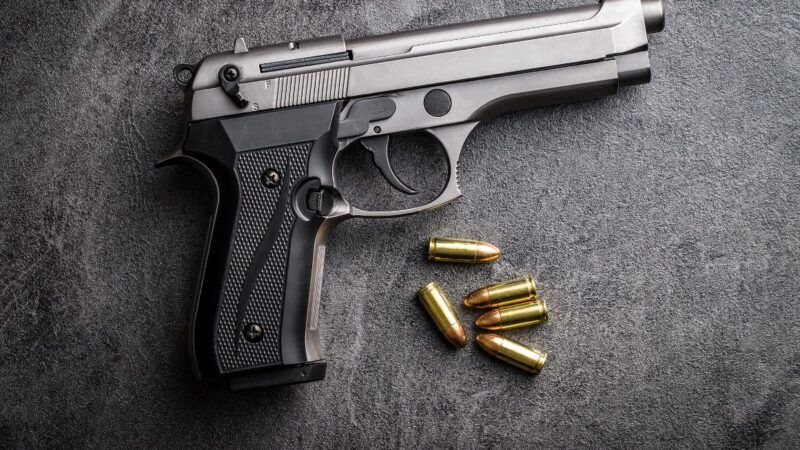The Mosin-Nagant rifle, a stalwart of military service for over a century, stands as one of the most iconic firearms in history. Its robust design, reliability, and immense production numbers have solidified its place in the annals of firearms. Let’s delve into the rich history, technical aspects, and enduring legacy of this legendary rifle.
A Brief History
The Mosin-Nagant traces its origins to the late 19th century when the Russian Empire sought a modern rifle to replace its outdated single-shot weapons. After a rigorous competition, Captain Sergei Mosin’s design, incorporating a five-round internal magazine, was selected. However, the rifle’s magazine design was later modified by the Belgian brothers Émile and Léon Nagant, resulting in the final configuration that we recognize today.
The Mosin-Nagant was officially adopted by the Russian Empire in 1892 and saw service in various conflicts, including the Russo-Japanese War and World War I. Its performance during these wars demonstrated its reliability and effectiveness, cementing its reputation as a formidable weapon.
During World War II, the Soviet Union, the successor to the Russian Empire, continued to produce and use the Mosin-Nagant. Millions of these rifles were manufactured to equip the vast Red Army, and they played a crucial role in the Soviet victory over Nazi Germany.
Technical Features
The Mosin-Nagant is a bolt-action rifle chambered for the powerful 7.62x54mmR cartridge. Its distinctive features include:
- Internal magazine: The rifle features a five-round internal magazine that is accessed through a stripper clip. This loading system was efficient for rapid reloading during combat.
- Bolt action: The bolt-action mechanism is simple and reliable, making it easy to operate and maintain.
- Sights: The standard Mosin-Nagant is equipped with open sights, including a front sight and a rear sight that can be adjusted for elevation and windage. Some variants also feature a scope for long-range shooting.
- Bayonet: Many Mosin-Nagant rifles were issued with a bayonet, which could be attached to the barrel for close-quarters combat.
Variants and Adaptations
Over the years, the Mosin-Nagant has undergone various modifications and adaptations to meet specific needs. Some of the most common variants include:
- Model 1891: The original version of the rifle, featuring a long barrel and a wooden stock.
- Model 1891/30: A shortened and simplified version of the Model 1891, which became the standard infantry rifle of the Soviet Union.
- Model 91/30 sniper: A variant of the Model 1891/30 equipped with a telescopic sight for precision shooting.
- Carbine: A shorter-barreled version of the Mosin-Nagant, often used by cavalry and light infantry units.
Enduring Legacy
Despite the development of more modern rifles, the Mosin-Nagant continues to be a popular and sought-after firearm. Its robust construction, historical significance, and affordability have made it a favorite among collectors, shooters, and enthusiasts worldwide.
The Mosin-Nagant’s enduring legacy is a testament to its exceptional design and performance. It has served as a symbol of Russian military power and has played a vital role in shaping the course of history. As we look back on its century-long service, we can appreciate the Mosin-Nagant’s enduring impact on the world of firearms.



